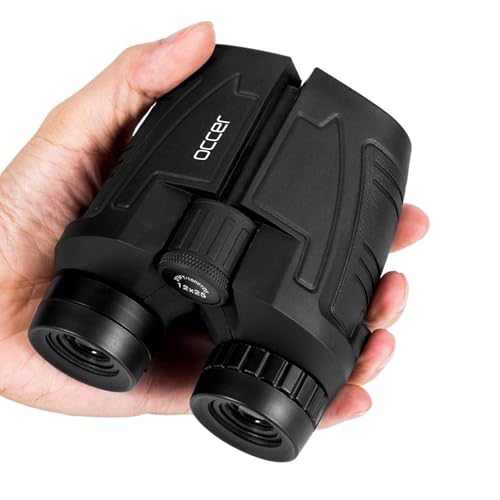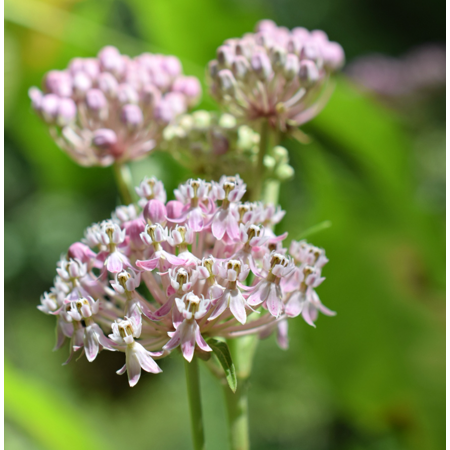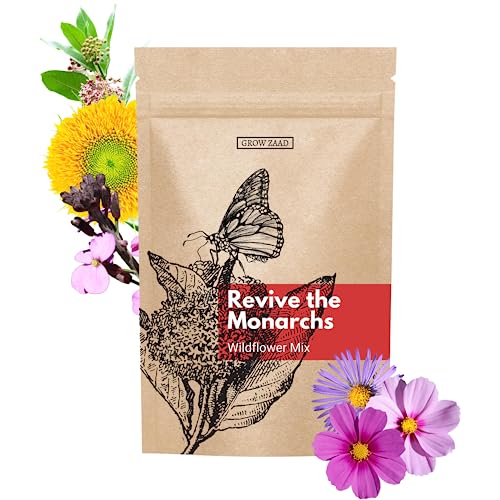This is the one plant to grow if you want to help endangered monarch butterflies – and it's not too late to add one to your yard this summer
As the host plant for monarch butterflies, milkweed is the one species you can grow to support this remarkable migratory species

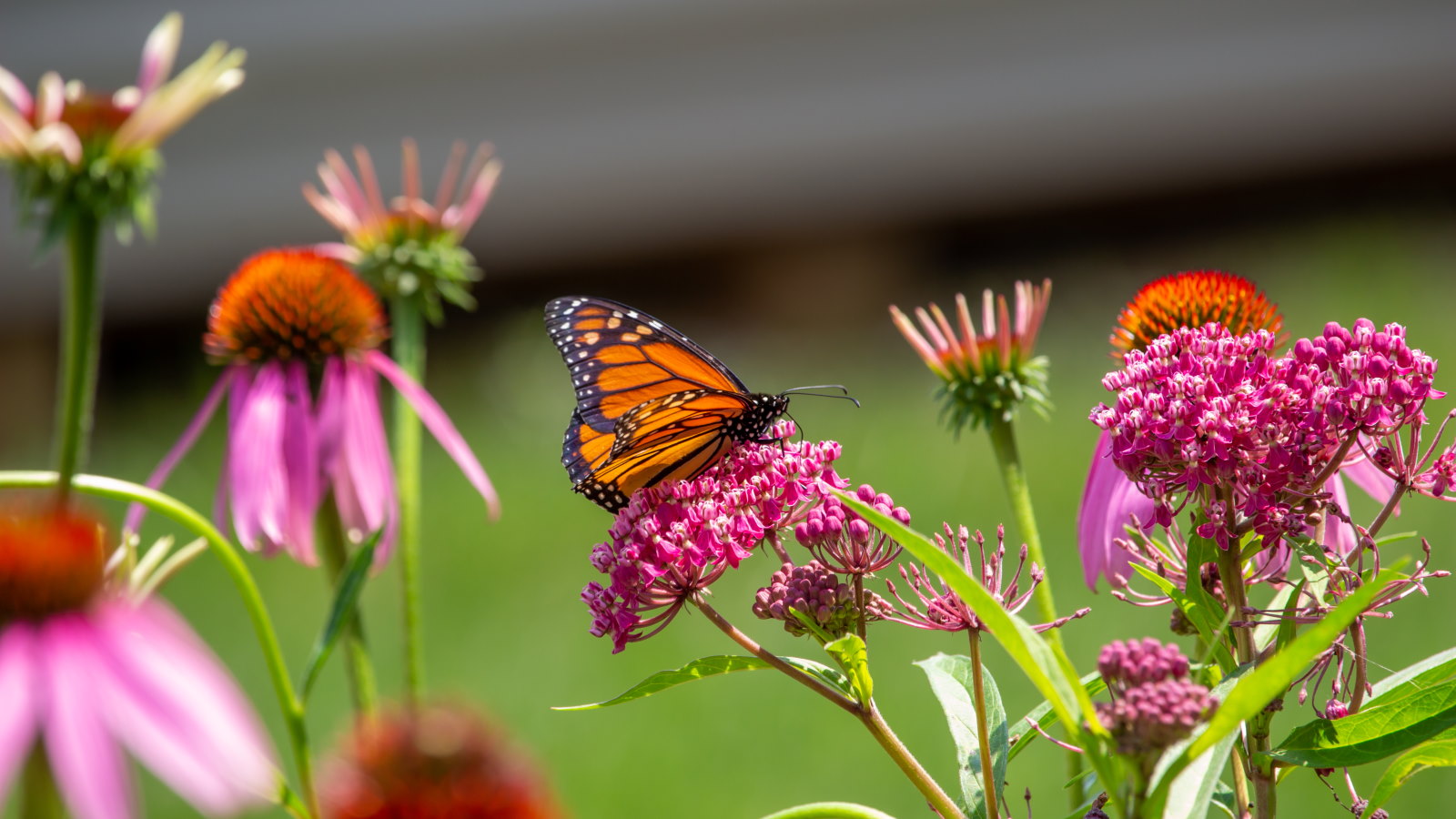
Each summer, monarch butterflies begin an extraordinary journey. They travel 3,000 miles across parts of the U.S. and Canada all the way to central Mexico. Undeniably, an impressive feat, and one of the great wonders of insect and animal migration.
But this miracle is in danger. Monarch numbers have been in a very sharp decline in recent years. Alarmingly so. And habitat loss is one of the biggest culprits. Luckily, there’s something simple every gardener can do: plant milkweed. Milkweed is the host plant for the insect’s caterpillars, but habitat loss from a combination of agricultural development, wildfires and urban sprawl has seen this plant seemingly disappear in recent decades. Where once it flourished across North America, it is now impossible to find.
So, if the decline of this species is a worry to you (and it should be), and you want to do one thing to help the monarch butterfly migration and population, then planting one or two milkweeds in a corner of the yard, or even in a pot, will make a real difference. If more backyards allowed space for this native plant, the collective impact for monarchs could be game-changing.
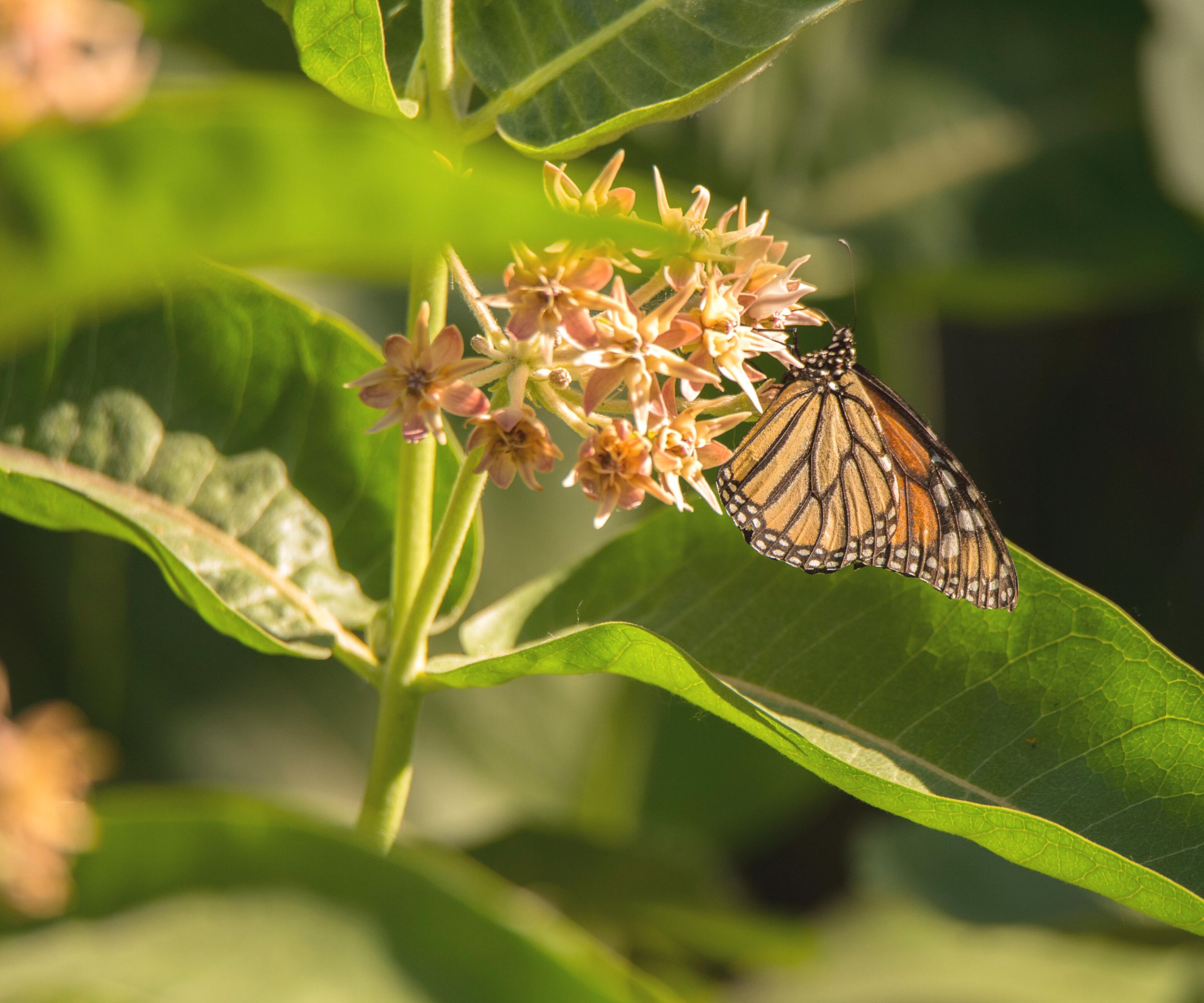
Growing milkweed for monarch butterflies
One recent study by the Xerces Society for Invertebrate Conservation revealed that the overwintering population of monarchs found along the California coast and in Arizona had plummeted by 96% from 2023 to 2024.
Of course, this is alarming, but the good news is that insect populations can quickly respond to environmental and habitat changes.
So, if you want to support wildlife garden ideas in your plot this year, growing milkweed for monarch butterflies is vital.
Habitat loss has greatly impacted monarch butterflies

'One of the biggest reasons that monarch butterfly numbers are dropping is due to a reduction of habitat, especially the loss of our native milkweeds, which is the only host plant for the species,' says Kylee Baumle, butterfly expert and writer, based in Northwest Ohio.
Design expertise in your inbox – from inspiring decorating ideas and beautiful celebrity homes to practical gardening advice and shopping round-ups.
'Of course, the stats are alarming, but the monarch is an extremely resilient insect, which has recovered in the past,' Kylee says.
'All of this depends not only on the restoration of their native habitat in the US and Canada, but also on the weather. All stages of their life cycle are affected by weather trends, including winds, temperature, drought, etc. If the weather is favorable during their breeding season, they can recover from lower numbers, too.'

Kylee is an avid gardener and freelance writer living in rural Northwest Ohio. She is the author of two books, including The Monarch: Saving Our Most-Loved Butterfly, available from Amazon, which is in its fourth printing. Kylee also leads annual tours to Mexico to see the monarch butterflies in their overwintering location.
Planting milkweed in backyards

While spring is ideal, you can still plant milkweed at any time. In fact, getting these native plants in the ground now allows the plants time to settle before the cool weather arrives in fall. And, as perennials, they should return next spring.
Choose a milkweed variety that suits your region and US hardiness zone. For example, swamp milkweed, or Asclepias incarnata, has stunning pink blooms, seen in the image above, and can be grown down to zone 3, thriving in damper soils (as you might have guessed by the name).
The classic orange butterfly weed, or Asclepias tuberosa, can also be grown down to zone 3 but prefers a dry and sunny spot.
If you are planting in containers, just be sure to use a large enough pot and give them plenty of sun on a patio or terrace, and leave the flowers to stand through to fall.
You might not see monarch caterpillars this week, but rest assured, if you grow milkweed, the butterflies will come.
Live milkweed plants are available now via Amazon.
And, the good news? Milkweed is not just good for monarch butterflies. If you leave the flowerheads to go to seed, they will be visited by orioles and redwing blackbirds during October and November.
For more information, see our guide on how to attract orioles to your yard.
Shop wildlife accessories

Thomas is a Content Editor within the Gardens Team at Homes and Gardens. He has worked as a professional gardener for both public spaces and private estates, specializing in productive gardening, growing food and flowers. Trained in Horticulture at the Garden Museum, he has written on gardening and garden history for various publications, including The English Garden, Gardens Illustrated, Hortus, The London Gardener and Bloom. He has co-authored a Lonely Planet travel book, The Tree Atlas, due out in 2024.
